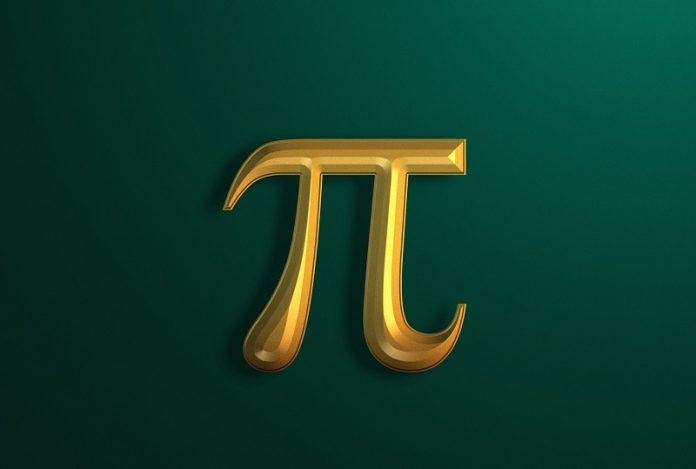
Scientists at the Indian Institute of Science (IISc) have found an exciting new way to represent the number π (pi), which could make certain complex calculations easier.
This discovery happened while they were studying how string theory can explain the interactions of high-energy particles.
The new formula they found closely matches an old method discovered by Indian mathematician Sangamagrama Madhava in the 15th century, which was the first-ever series for π recorded in history.
The study was conducted by Arnab Saha, a postdoctoral researcher, and Professor Aninda Sinha at the Center for High Energy Physics (CHEP) at IISc. Their findings have been published in the journal Physical Review Letters.
“We were not initially trying to find a new way to represent π,” says Sinha.
“We were studying high-energy physics in quantum theory and trying to develop a model with fewer and more accurate parameters to understand how particles interact. We were excited when we discovered a new way to look at π.”
Sinha’s group is interested in string theory, which suggests that all quantum processes in nature use different modes of vibrations on a string. Their work focuses on how high-energy particles, like protons, interact when they collide in places like the Large Hadron Collider.
Modeling these interactions is challenging because many parameters, like mass and vibrations, need to be considered.
To develop an efficient model, Saha and Sinha combined two mathematical tools: the Euler-Beta Function and the Feynman Diagram.
The Euler-Beta Function helps solve various physics and engineering problems, while the Feynman Diagram represents the energy exchange during particle interactions.
Their combination of these tools not only provided an efficient model for particle interactions but also led to a new series representation of π. In mathematics, a series represents a parameter, like π, as a sum of many numbers.
This new series allows scientists to quickly and accurately calculate π, which is crucial for understanding high-energy particle interactions.
Sinha explains that physicists and mathematicians missed this discovery because they didn’t have the right tools, which were developed through collaborative work over the past three years. Although this line of research was briefly explored in the early 1970s, it was abandoned due to its complexity.
While these findings are theoretical, they could lead to practical applications in the future. Sinha compares this discovery to how Paul Dirac’s work on electron motion in 1928 eventually led to the discovery of the positron and the development of Positron Emission Tomography (PET) scans.
“Doing this kind of work, although it may not see an immediate application in daily life, gives the pure pleasure of doing theory for the sake of doing it,” Sinha adds.



